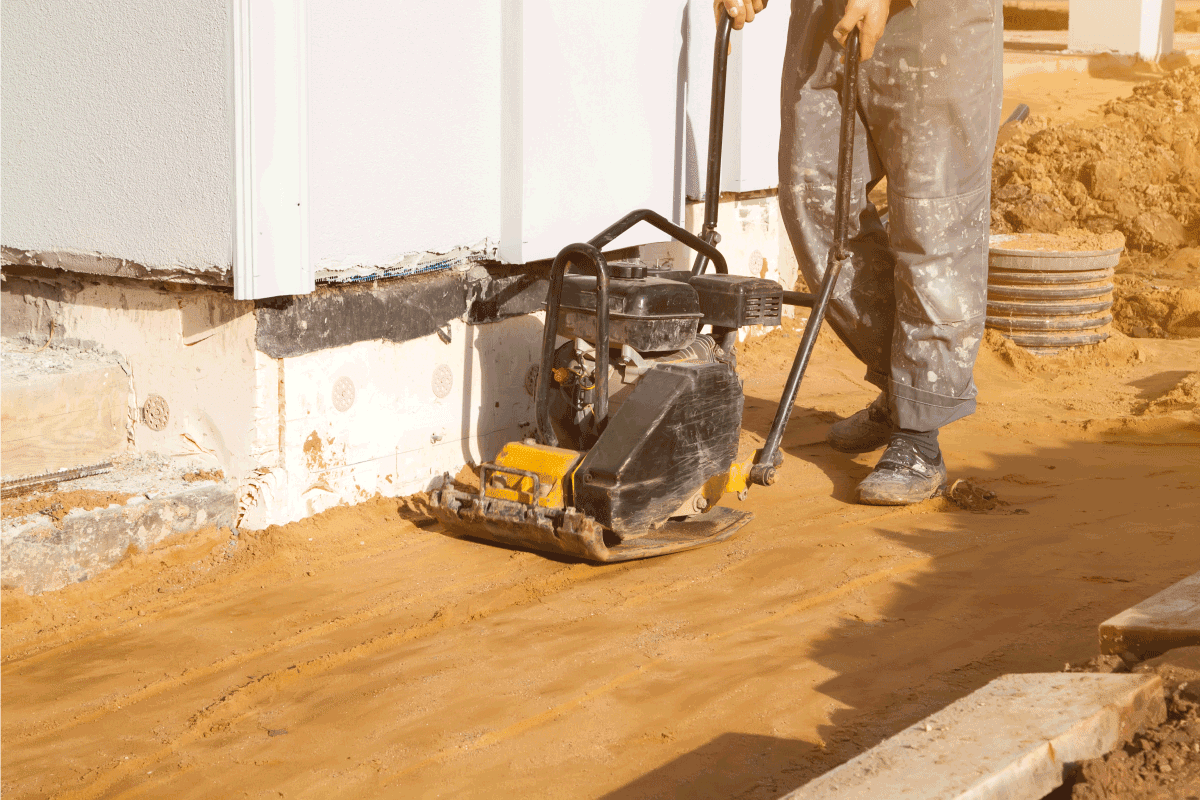A hand tamper is a simple yet effective tool for compacting soil, gravel, and other materials in small-scale projects. Whether you’re preparing a base for paving, setting fence posts, or landscaping, using a hand tamper can help achieve the necessary compaction for stability and longevity. Here’s a comprehensive guide on how to use a hand tamper effectively for your small-scale compaction jobs.
1. Understand the Hand Tamper
Before using a hand tamper, it’s essential to familiarize yourself with its components and functionality. A hand tamper typically consists of:
- Base Plate: The flat, heavy surface that makes contact with the material being compacted.
- Handle: A sturdy handle that allows you to lift and apply force to the tamper.
Understanding how the tool works will help you use it more effectively and efficiently.
2. Prepare Your Work Area
Proper preparation of the work area is crucial for effective compaction. Follow these steps:
- Clear Debris: Remove any large rocks, hand tamper, roots, or debris from the area where you’ll be working. This ensures even compaction and prevents damage to the tamper.
- Mark Boundaries: If you’re working on a defined area, use stakes or spray paint to outline the boundaries. This will help you maintain a consistent compaction area.
- Moisten the Soil: For cohesive soils, lightly moisten the area if it’s too dry. This helps improve compaction by reducing dust and allowing the soil particles to stick together.
Taking the time to prepare the work area will enhance your compaction results.
3. Position the Hand Tamper
Once your area is prepared, position the hand tamper over the section you want to compact. Here are some tips for proper positioning:
- Center the Tamper: Ensure that the base plate is flat against the ground. Center it in the area you want to compact for even results.
- Stand Firmly: Place your feet shoulder-width apart to maintain balance while using the tamper. This will help you apply force more effectively.
4. Start Compacting
Now that everything is in place, it’s time to start compacting the material. Follow these steps for effective operation:
- Lift and Drop: Raise the tamper to waist height and then drop it onto the surface with controlled force. The weight of the tamper will help compact the material effectively.
- Use a Steady Rhythm: Maintain a steady rhythm as you lift and drop the tamper. This consistency will ensure even compaction across the area.
- Overlap Passes: When compacting larger areas, make sure to overlap your passes slightly. This will help achieve uniform compaction throughout the entire area.
5. Monitor Your Progress
As you work, keep an eye on the results. Check for areas that may require additional compaction. Here’s what to look for:
- Surface Level: Ensure the surface is becoming more level and compact as you work. If certain areas remain loose, focus on those spots for additional tampering.
- Consistency: The compacted material should feel solid underfoot. If you notice soft spots, return to those areas to apply more pressure.
Monitoring your progress will help you achieve the desired results.
6. Take Breaks as Needed
Using a hand tamper can be physically demanding, especially for larger areas. Take regular breaks to prevent fatigue and maintain efficiency. Here are some tips for managing fatigue:
- Hydrate: Drink water to stay hydrated, especially if you’re working in warm conditions.
- Stretch: Take time to stretch your muscles to prevent strain and maintain your energy levels.
Being mindful of your physical condition will enhance your performance and safety.
7. Clean Up After Use
After completing your compaction work, it’s important to clean up both the area and the tool. Follow these steps:
- Remove Loose Material: Clear away any loose dirt or debris from the compacted area to maintain a neat appearance.
- Clean the Tamper: Wipe down the base plate and handle to remove dirt and moisture. This will help prevent rust and prolong the life of the tool.
- Store Properly: Store the hand tamper in a dry location to protect it from the elements and ensure it’s ready for future use.
Proper cleanup will maintain the tool’s condition and prepare it for your next project.
8. Safety Considerations
Finally, always prioritize safety when using a hand tamper. Here are some essential safety tips:
- Wear Proper PPE: Use safety goggles, gloves, and sturdy footwear to protect yourself while working.
- Mind Your Surroundings: Be aware of your surroundings to avoid accidents. Ensure that no one is in the immediate area while you are tampering.
- Use Proper Technique: Maintain a stable stance and lift properly to avoid straining your back or other muscles.
By following these safety considerations, you can minimize the risk of injury while using the hand tamper.
Conclusion
Using a hand tamper for small-scale compaction jobs is an effective way to achieve solid, stable surfaces for various projects. By understanding the tool, preparing your work area, and following best practices for operation, you can ensure successful compaction results. With proper technique and attention to safety, your hand tamper can be a reliable ally in achieving a well-prepared base for your construction or landscaping endeavors.




